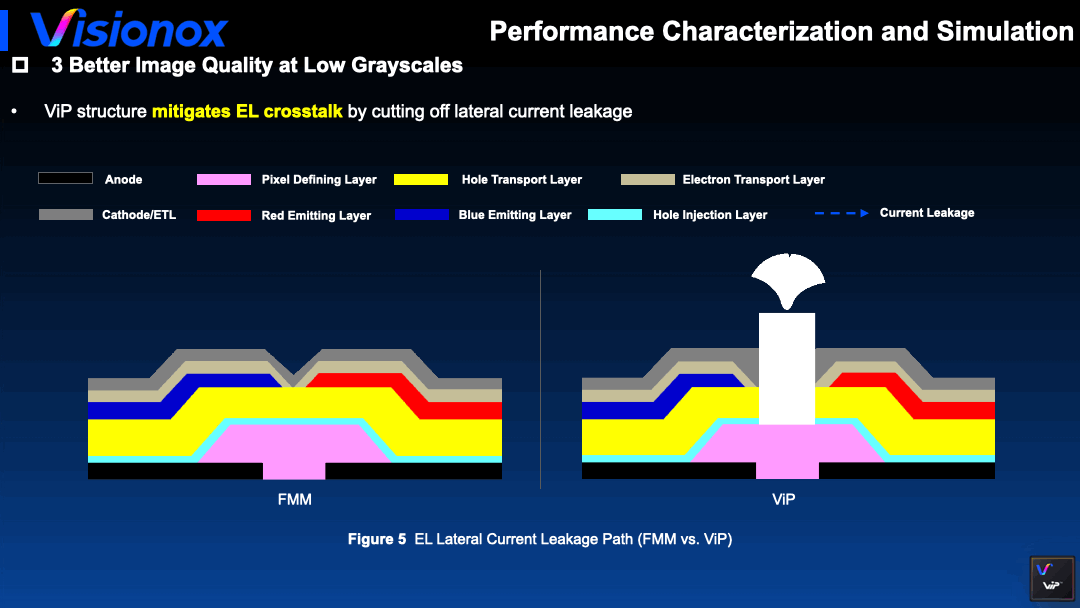Visionox has achieved a major milestone with the completion of the first mass production samples for its proprietary ViP (Visionox intelligent pixel) AMOLED technology. The company is looking to leverage its technology in small and medium-sized AMOLED displays with a view to expansion into medium, large and extra-large sizes. The company was presenting the news at IDW in Japan.

Visionox’s ViP Technology uses photolithography-based pixel patterning to achieve maskless OLED deposition. According to Visionox, the process increases the aperture ratio of OLED displays to almost 70%, which is a significant improvement over traditional methods.
Basically, the equipment scans the substrate surface and creates a digital map of the OLED pixels. Then, the algorithms use this map to control the deposition process in real-time, ensuring that the OLED materials are deposited in the right places with high precision and accuracy.
So, instead of using a physical mask as a guide, the deposition process is guided by a digital map and sophisticated algorithms. This enables higher levels of precision and control over the OLED production process. It also signals China’s burgeoning innovation in OLED manufacturing processes, creating new impetus for market share gains against Korean competitors.

